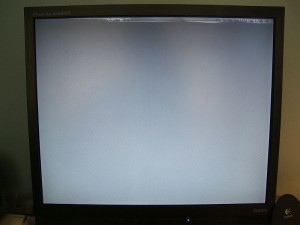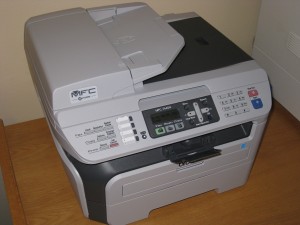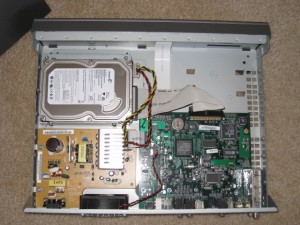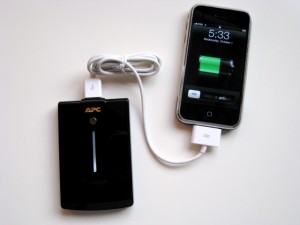Most people have heard of screen burn-in. It is an imprint of an image on a display that is caused by that image being displayed too long. CRT burn-in was very common for things like taskbars that were always displayed on the screen in the same place. To prevent this, screen savers were invented to display different images to counteract the burn-in effects. Most people thought this problem went away when LCDs were created but that isn’t entirely true. It is uncommon in LCDs but it can happen. The crystals change their natural state enough to cause an imprinting of the persistent image, kind of like a shadow of it.
It is uncommon in LCDs but it can happen. The crystals change their natural state enough to cause an imprinting of the persistent image, kind of like a shadow of it.
See the LCD screen to the right which has a menu at the top that still displays on a blank screen.
Prevention
Much like CRT burn-in, screen savers can help prevent the problem. It is a good idea to pick a screen server with lots of changing colors. Having your screen auto turn off when not in use will also help by not displaying the image more than it has to be.
Fixing
Unfortunately, preventative techniques will only do so much if you are always at your computer and not giving it an opportunity to turn off or run a screen saver. In that case, you need to know how to fix the problem. It is important to try to fix it as soon as you notice it as it is possible to become permanent if it continues too long. To fix it, you can try one of these following techniques:
- Leave your monitor off for very long periods of time. This could take hours or many days.
- Use a screen saver with lots of colors and let it run for a long period of time. The length of time can vary depending on how bad the persistence is.
- Display a solid single color or white for a long period of time.
If none of those work, your image is probably permanent and you are at your computer far too often.



